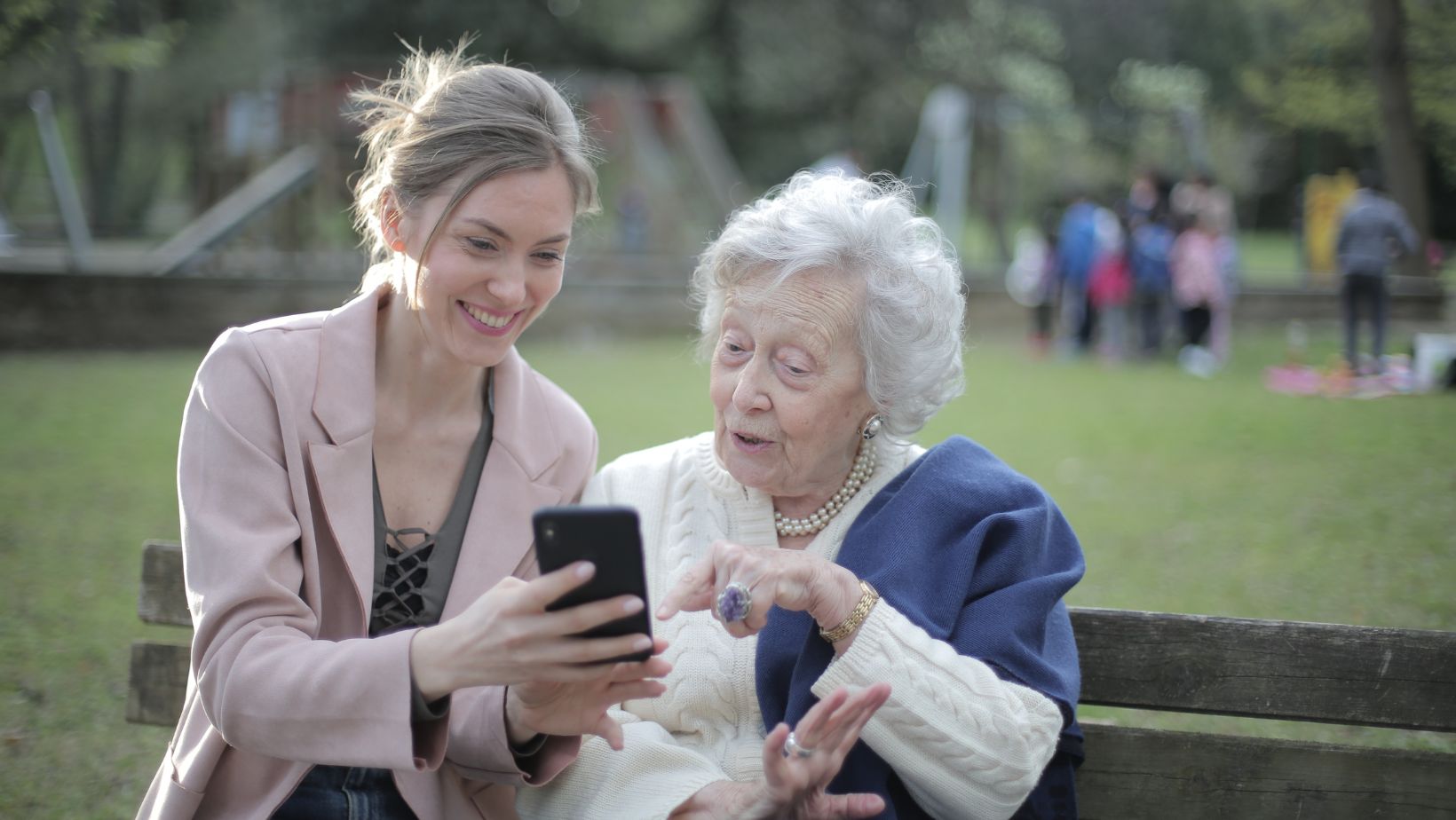
As the world relies more on digital networks, staying connected is no longer a luxury—it’s a fundamental need, particularly for older adults. Reliable access to phones and the internet is vital for managing personal finances, communicating with loved ones, and engaging in healthcare through telemedicine platforms. Connectivity can be critical to independence and peace of mind for many seniors, especially those living alone or with mobility limitations.
However, navigating the ever-evolving telecom landscape in 2025 has become more complicated following the expiration of the federal Affordable Connectivity Program (ACP). This once-pivotal initiative provided monthly broadband discounts for over 23 million U.S. households, including older Americans and residents of tribal lands, who could receive up to $75 off their bills.
With the program’s termination in 2024, seniors must explore alternative avenues to maintain affordable access through market comparison, nonprofit support, or new state-level initiatives.
Why Reliable Connectivity Is Crucial for Seniors
Understanding the real impact of connectivity on seniors’ lives helps to explain why choosing the right plan is not just a financial decision but a health and lifestyle necessity. Reliable mobile and internet access supports critical physical and emotional well-being aspects, especially as the population ages.
First, social connection remains one of the most potent antidotes to the loneliness epidemic affecting older adults across the United States. Social isolation and loneliness among seniors significantly increase the risks of heart disease, depression, cognitive decline, and premature death. In this context, digital tools become more than conveniences—they are lifelines. The ability to video chat with family, engage in online communities, or attend virtual religious or social events can help reduce isolation and provide emotional stability.
Secondly, healthcare access has been transformed by technology. Seniors today increasingly rely on digital portals to refill prescriptions, attend remote doctor consultations, or monitor chronic conditions using mobile health applications.
Research published in Geriatrics & Gerontology International discusses how remote Comprehensive Geriatric Assessment (CGA), facilitated by technological advancements, offers convenience and potential advantages such as early disease detection, monitoring chronic disease progression, delivering personalized care, and optimizing healthcare resources for better health outcomes in older individuals. Today’s institutions are adapting CGAs to virtual delivery formats, indicating a shift towards telemedicine in geriatric care.
These developments reflect a broader movement in healthcare towards integrating telecommunication technologies into comprehensive assessments for older adults. For aging populations, the difference between maintaining health and falling behind often hinges on a stable and usable internet connection.
Key Features to Look for in 2025 Senior Phone Plans
As seniors look to choose new plans or reassess existing ones, it’s crucial to know what matters most. Factors like affordability, clarity in billing, ease of use, reliable network coverage, and safety features all shape whether a plan will be practical and sustainable for long-term use.
The first and most pressing concern for many seniors is affordability. The discontinuation of the ACP has placed additional financial strain on households already managing fixed incomes. Where the federal program once provided substantial monthly relief, its absence means seniors must now navigate the private market more carefully. Unexpected fees or hidden charges can quickly turn an affordable plan into a budget burden.
Some states, recognizing this challenge, are beginning to introduce their affordability initiatives. In January 2025, New York implemented the Affordable Broadband Act (ABA), becoming the first state to mandate that internet service providers offer qualifying low-income households broadband service at no more than $15 per month for at least 25 Mbps, or $20 per month for 200 Mbps. California is actively exploring similar legislation. In this environment, seniors must seek plans with transparent billing practices, predictable fees, and offers that do not expire or become costlier over time.
Beyond pricing, usability plays a vital role in accessibility. Many seniors prefer mobile devices with intuitive interfaces and plans that avoid unnecessary complexity. Bundles that include services seniors neither need nor use—such as international calling or advanced streaming services—may only confuse users while inflating costs.
As in healthcare settings where professionals must simplify communication for aging patients, telecom providers must offer clear instructions and customer support. Plans that include access to fundamental human representatives, U.S.-based call centers, and online help platforms with senior-friendly guidance can differentiate between frustration and confidence.
Network coverage and reliability form another pillar of a strong plan. No matter how affordable a service is, it’s of little value if the signal is weak or inconsistent—especially in rural or medically underserved areas where emergency services may depend on reliable phone use. Seniors are encouraged to verify local signal strength before signing up by asking the provider directly or consulting independent coverage platforms such as OpenSignal or RootMetrics. Nationally, the Broadband Equity, Access, and Deployment (BEAD) Program continues to invest $42.5 billion into closing the digital divide, with special emphasis on connecting rural regions (NTIA).
Lastly, safety features in mobile plans and devices are an increasingly important consideration. Many modern phones now support emergency SOS functions, fall detection via smartwatches, medication reminders, and compatibility with digital health apps. These tools are invaluable for seniors managing multiple conditions or living alone. A reliable phone or tablet that supports high-quality video calls also ensures that virtual health appointments remain viable—an essential part of aging in place safely and with dignity.
Evaluating Providers: Who Offers the Best for Seniors?
The U.S. telecom market offers a range of providers catering to different priorities, but not all are equally suitable for the needs of older users. Understanding the distinctions between provider types can help seniors choose the plan that best fits their lifestyle and budget.
Major carriers like Verizon and AT&T offer expansive network coverage and retail support but often tie lower prices to long-term contracts or bundling requirements. Plans may include complex billing structures and premium-tier data plans that seniors with modest data needs do not fully utilize.
In contrast, Mobile Virtual Network Operators (MVNOs) lease access from significant carriers and typically focus on affordability and simplicity. These providers, such as Mint Mobile or Tello, offer lower monthly rates, fewer features, and limited customer service. However, tech-savvy seniors who use minimal data can present a budget-friendly alternative.
Consumer Cellular stands out among U.S. cell phone providers catering to seniors for its affordability, simplicity, and nationwide coverage through top carrier networks. The company operates on the AT&T and T-Mobile networks, ensuring solid national coverage. Its plans are known for simplicity and value, and it stands out for its partnership with AARP, offering additional discounts to members.
Consumer Cellular offers no-contract flexibility and U.S.-based customer service teams trained to assist non-technical users. Its straightforward billing system and range of plan options—from light data use to unlimited—make it particularly well-suited for seniors who want control without confusion.
Practical Steps for Choosing the Right Plan
Selecting the ideal phone plan can feel overwhelming, but a thoughtful, step-by-step approach can make the process manageable and empowering. Seniors are encouraged to begin by reflecting on their usage habits. Understanding how much they call, text, and use the internet can help avoid paying for unused services. For example, someone who primarily makes voice calls and only uses GPS or email occasionally may not need a high-data or unlimited plan.
Once needs are understood, comparing providers becomes easier. Instead of relying solely on promotional language, it’s wise to build a checklist of plan attributes: monthly cost, contract requirements, data caps, customer service access, and any available senior discounts. Checking third-party customer reviews and signal coverage maps can offer practical insight into providers’ performance in specific regions.
Now that the federal ACP has ended, it’s essential to inquire about any regional or nonprofit programs that offer support. Some municipalities and advocacy organizations are creating stopgap programs or negotiating with carriers for special rates. Seniors should also avoid offers that seem too good to be true, such as “free phones” that require lengthy contracts or high termination fees.
Take Control of Your Connectivity in 2025
Choosing the right phone plan is more than a financial decision—it’s an investment in your well-being, independence, and ability to stay connected to what matters most. As you explore your options in this post-ACP landscape, focus on affordable, easy-to-understand, and reliable plans in your area.
Whether checking in with family, attending telehealth appointments, or simply enjoying the peace of mind of being reachable, a well-matched phone service can make everyday life simpler and more secure. Start comparing your options today and make a confident, informed choice that supports your lifestyle in 2025 and beyond.





